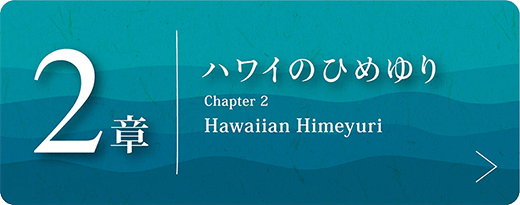1937年、日本は「国家総動員法」を制定し、1939年には、「国民徴用令」を公布しました。それによって日本国民は、国家のために尽くすことを法律で義務付けられました。1941年以後、労働力不足が深刻化し、国民への強制的な動員が一段と強化されていきました。1944年末には、沖縄の学徒たちの動員が決まり、14歳以上の男子生徒、15歳以上の女子生徒への日本軍による本格的な訓練が行われました。
小さい頃から、軍国主義教育を受けていた生徒たちは、戦争に参加することを名誉なことだと考えていました。
In 1937, Japan enacted the National Mobilization Law, followed by the National Recruitment Ordinance in 1939; thus, requiring all Japanese citizens to support their country at all costs. After 1941, severe labor shortages resulted in increased enforcement of citizen mobilizations. In 1944, a decision was made to mobilize students in Okinawa, which required boys, 14 and older, and girls, 15 and older to go through intense wartime training. For those indoctrinated in Japanese militarism since childhood, a chance to participate in the war was an honor.

防空訓練/Air-raid drill
240人の動員The mobilization of 240 Himeyuri
1945年3月23日、米軍は、沖縄本島への上陸作戦を開始しました。ひめゆりの生徒、先生、合わせて240人がひめゆり学徒隊として南風原の沖縄陸軍病院に動員されました。病院といっても建物ではなく、丘の中に掘られた、トンネル状の40本あまりの人工壕でした。血と膿と排泄物の悪臭が充満し、暗く湿った劣悪な環境の中で、ひめゆりの生徒たちは、看護要員として働くこととなりました。

On March 23, 1945, forces from the United States began their landing operation on the Okinawa islands. In response, 240 students and teachers of the Himeyuri Student Corps were mobilized to the Okinawa Army Hospital in the town of Haebaru. The facility was not a true hospital, rather, it was a series of 40 chambers carved into the surrounding hills. It was in this dark, stifling environment that the Himeyuri would work as nursing assistants in the coming battle.
看護活動Nursing duties
生徒たちの仕事は、軍医や衛生兵、看護婦などの手伝いでした。負傷兵の世話や手術の補佐に加えて、食糧運搬や水汲みなど、砲爆撃の下での危険な仕事もありました。戦況が悪化し、重傷者が増え、死体埋葬が日常茶飯事となりました。
The Himeyuri were assigned to assist military doctors, medics and nurses by caring for the wounded and assisting surgeons. Additionally, they were given hazardous details, such as transporting food and fetching water as enemy shells rained down. As the situation deteriorated, the number of casualties increased and they became tasked with burying the dead on a daily basis.









